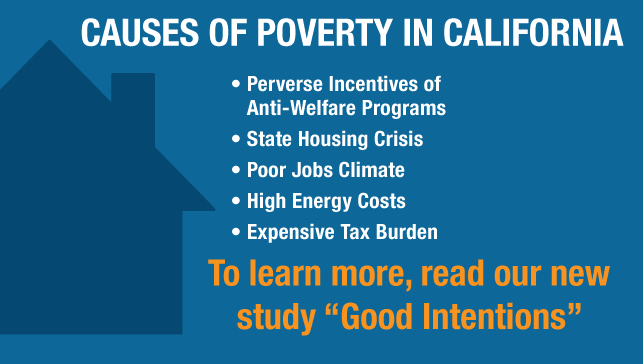Things became so heated during the state’s painful six-year man-made drought that government agencies asked some Californians to snitch on neighbors they thought used too much water. Things are calmer now, but just as surely as clear skies follow rain, there’ll be another drought. It would be wise to prepare for the inevitable.
Astonishingly, not everyone sees it that way. The Center for Biological Diversity and Center for Food Safety want to shut down a
project that would pump water from the Mojave Desert to Southern California. Cadiz Inc., a publicly traded water resource developer, has long planned to draw groundwater before it flows into an aquifer under the San Bernardino desert floor and pump it into the Colorado River Aqueduct through a 43-mile pipeline. From there, it would be sold to local water districts.
Opponents say the project will disturb the desert ecology, and have sued in federal court to shut it down. Ileene Anderson, a Center for Biological Diversity scientist, argues that it “will suck the desert dry” and is “an unsustainable water-privatization scheme.” There are also claims the water will be laced with harmful chemicals and unfit for human consumption.
These objections are overwrought and exaggerated. Let’s take them in order.
First, the pipeline will travel in the Arizona & California Railroad Co.’s right-of-way. That strip of the desert is already developed. Laer Pearce, a longtime consultant who has advised Cadiz, says the rail line “was selected specifically because putting the pipeline there would have no impact on the desert’s flora, fauna or land.” Furthermore, Scott Slater, CEO of Cadiz, notes that “if there are signs of any harm” caused by the project, “the county has the authority to intervene and reduce or stop pumping.”
Second, the claim that the project will “suck the desert dry” is hyperbolic. The Mojave is nearly 50,000 square miles. That’s a lot of earth to “suck dry” from the Cadiz footprint which, at roughly 50 square miles, is only about one-one thousandth of the entire desert. It also overlooks the fact that left alone, the water flows into a salt lake. From there, it either evaporates or is contaminated by the salt.
Third, water-privatization efforts are not schemes. Water markets provide a consumer goods the same way grocery stores sell food, automobile dealerships sell cars, and department stores sell clothing and home goods. While water is technically a public resource, Property and Environment Research Center Executive Director Reed Watson points out that it is commonly “privatized throughout the West” and “courts have been unequivocal that Cadiz has a right to the groundwater underlying its Mojave property.”
Finally, the health risks are not a settled issue. The element likely causing the most concern is chromium 6. It can be a carcinogen when inhaled, but experts disagree “on its toxicity in drinking water due in part to the possible changes to chromium 6 in the stomach when it is ingested,” according to the Association of California Water Agencies.
Some, but apparently not all, of the Cadiz water has 16 parts per billion of chromium 6. While the California Department of Public Health says that up 10 ppb is safe, the federal standard is 100 ppb. Before it arrives at consumers’ taps, the Mojave water will be combined with water that has no detectable chromium 6, and will therefore be diluted and unlikely to reach even California’s standard. A court has found the state’s standard to be too strict and returned it to 50 ppb.
As a safeguard, Cadiz will also employ a treatment system that reduces chromium 6 to levels so low that it would be undetectable in the water supply. This should also ensure that the water meets all quality standards.
Before we leave this issue, it’s important to note that while companies are routinely demonized by environmental activists, they don’t set out to sicken, maim and kill customers with their products. It’s bad for business.
Should it survive the legal challenge, the Cadiz project will bring water to a region that’s parched even when there’s no drought. It “would be the first new source to come online in decades,” says Watson. Its second phase will increase water storage, which California has not added since 1979, when the state had 15 million fewer residents. Unused native water and imported water will be stored in the underground aquifer, which “has an estimated storage capacity of more than 1 million acre-feet,” says Watson, more than enough to “create much needed security for Southern California water users during prolonged drought.”
This project has already been thoroughly scrutinized, meets all federal standards, was green-lighted last year by the California 4th District Court of Appeal, and most recently by the Trump administration. Activists’ hostility toward it is shortsighted and unreasonable. The federal court should see right through their transparent facade.
Kerry Jackson is a fellow with the Center for California Reform at the Pacific Research Institute.

